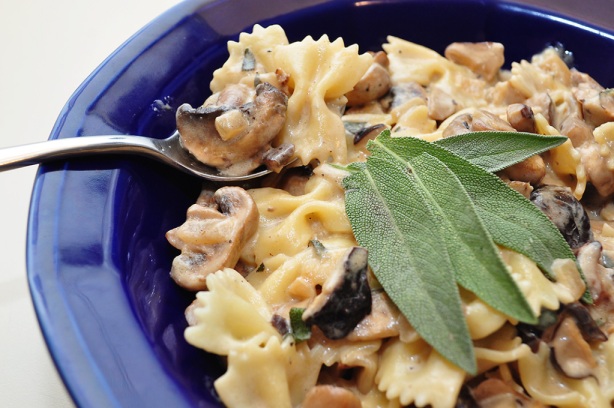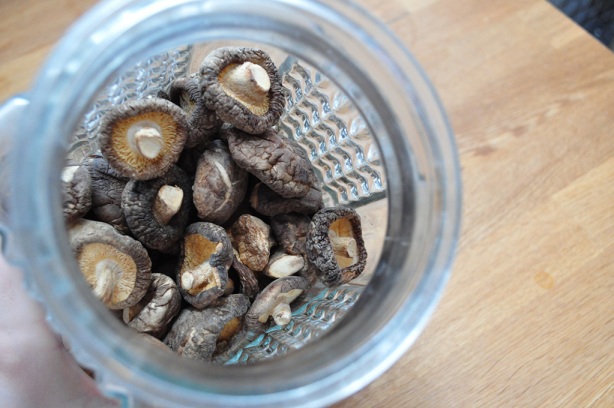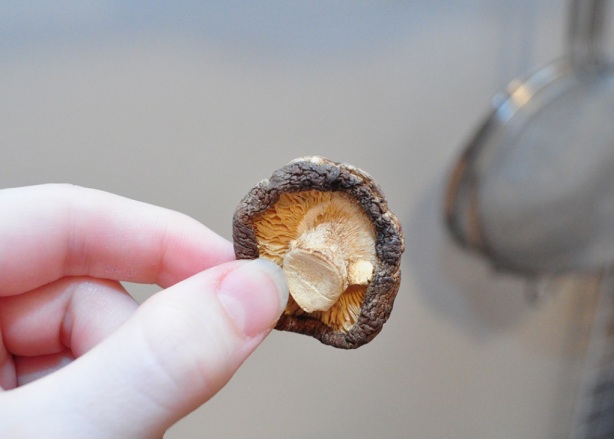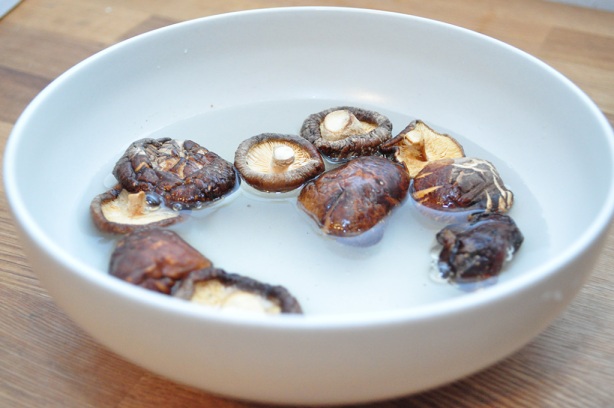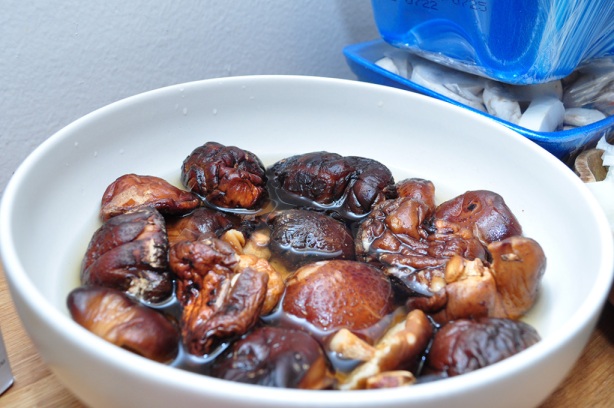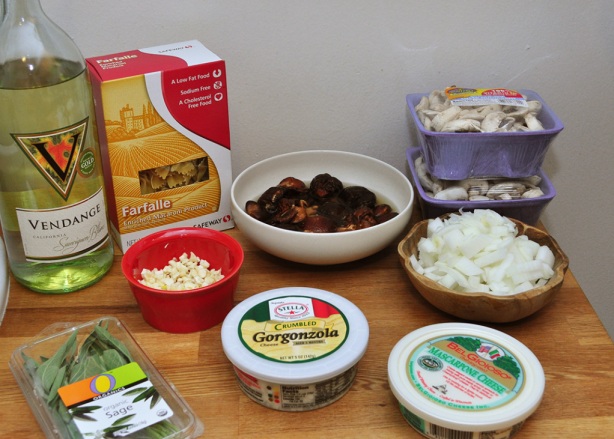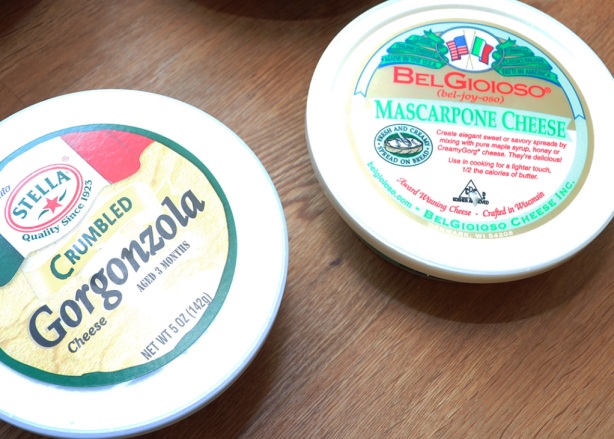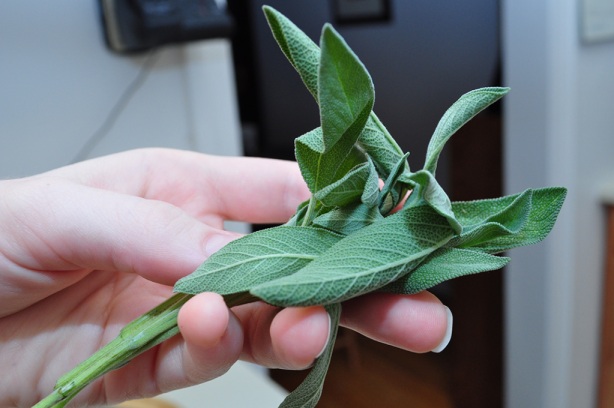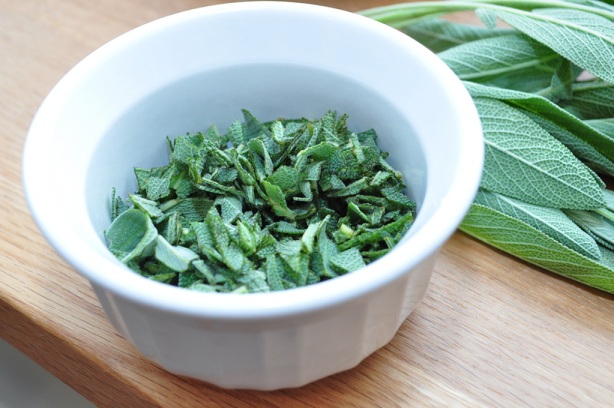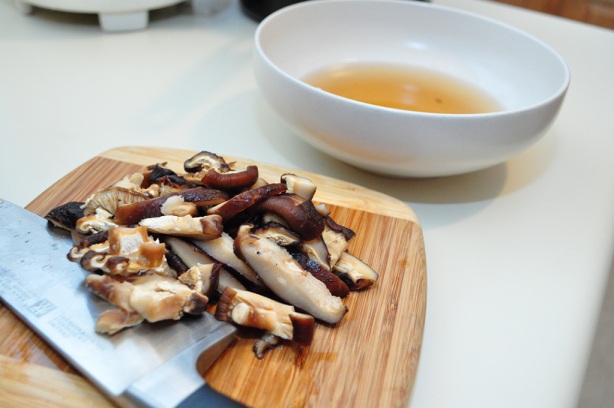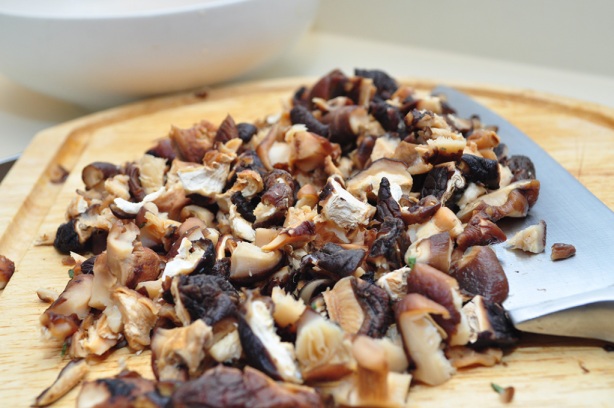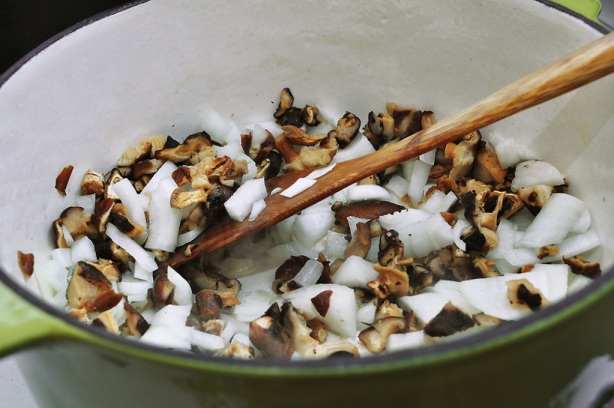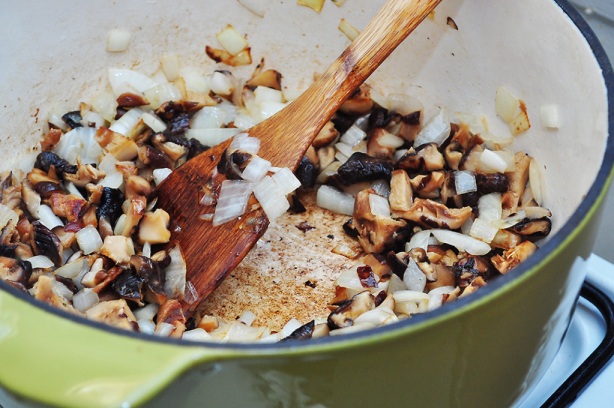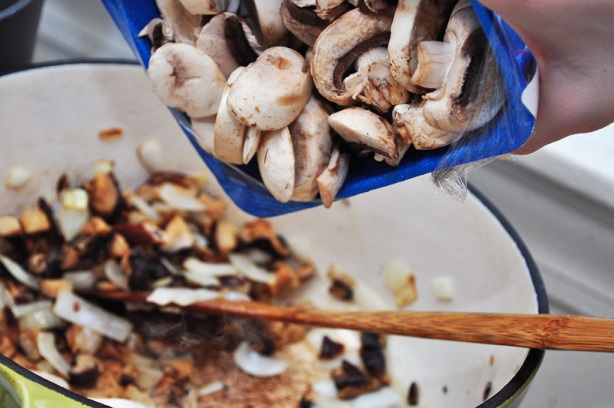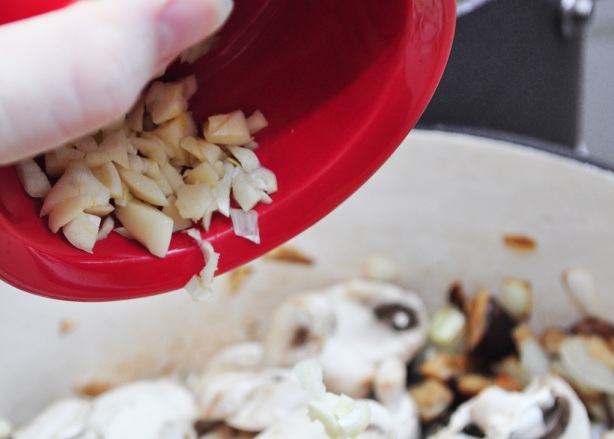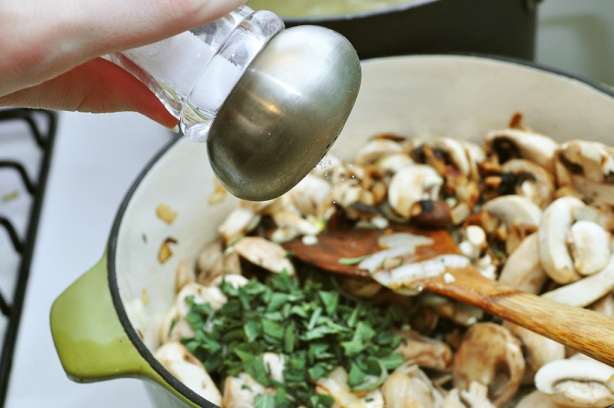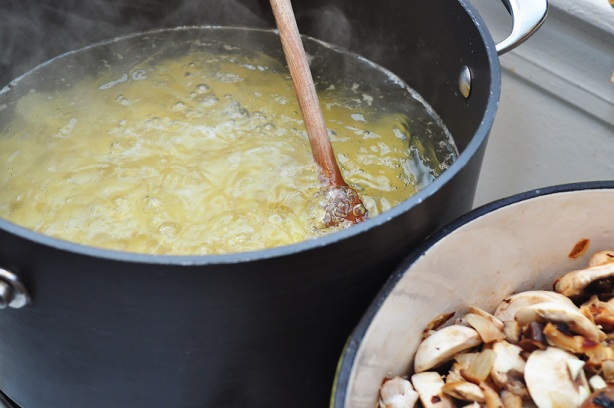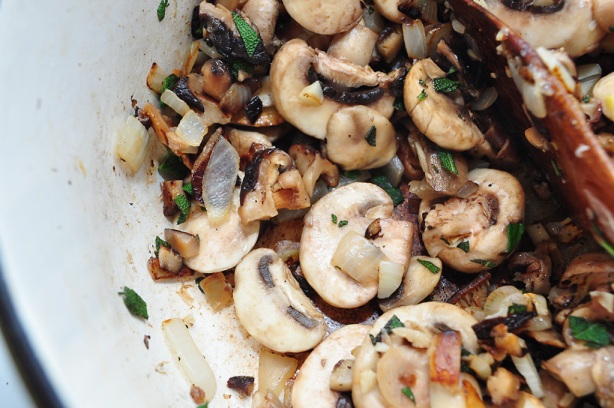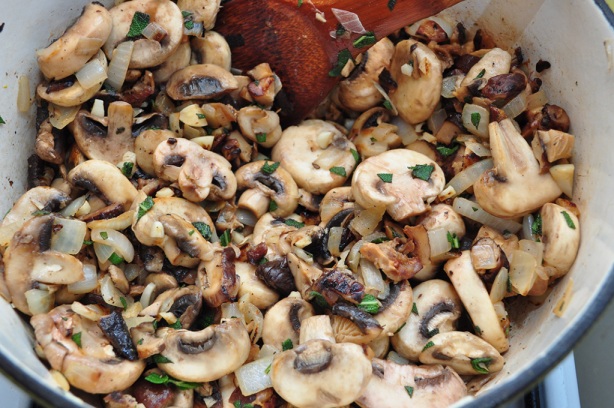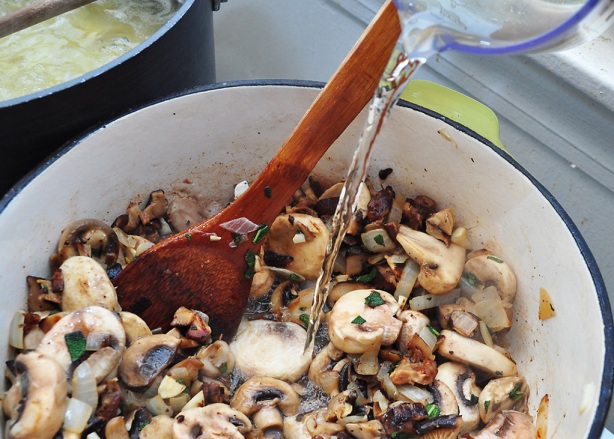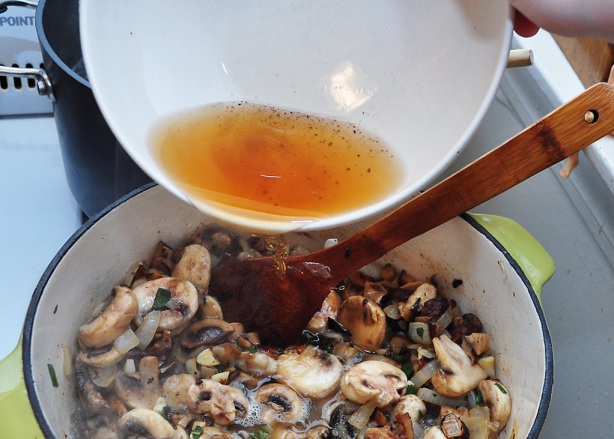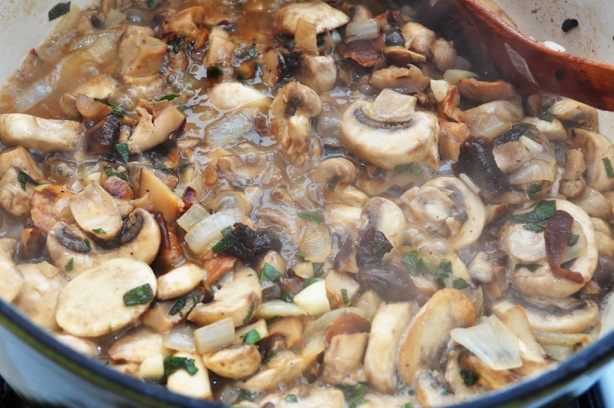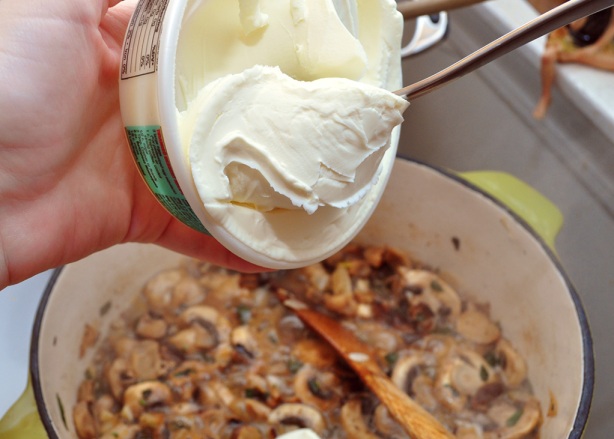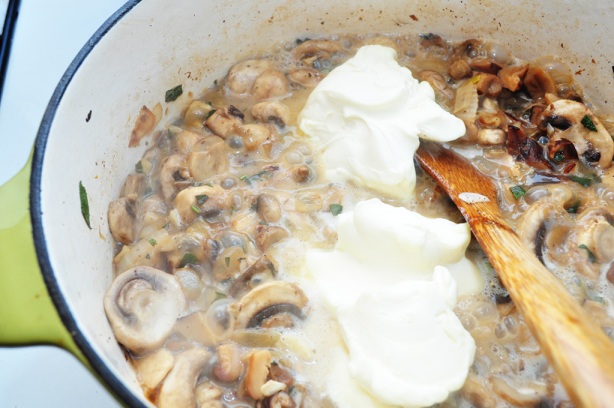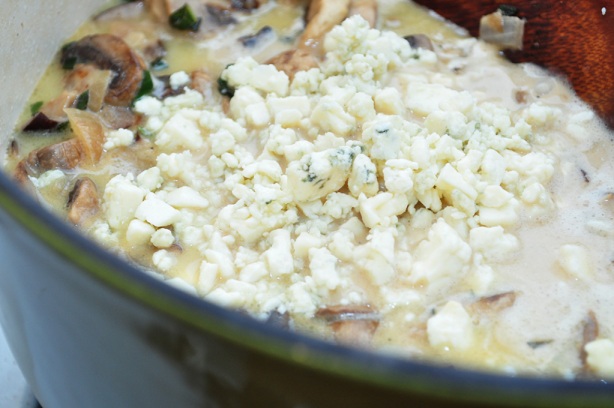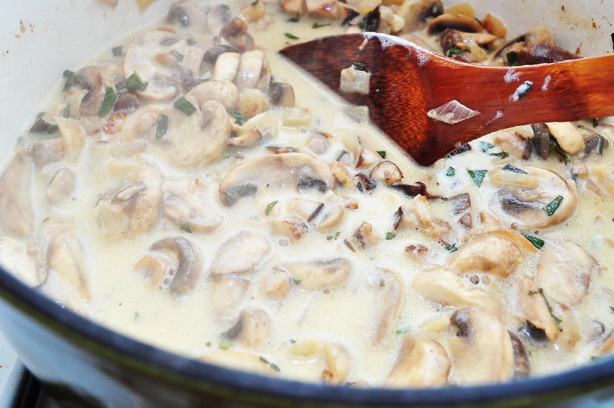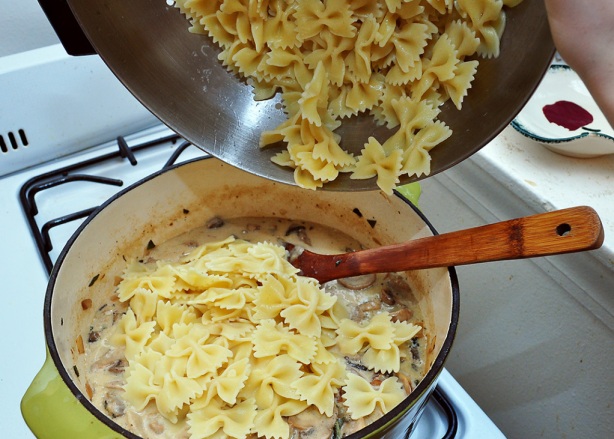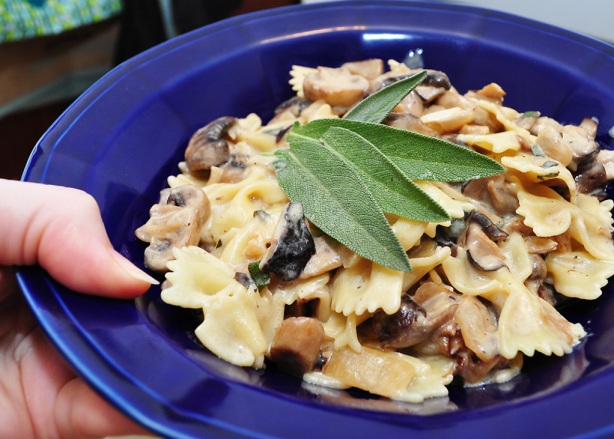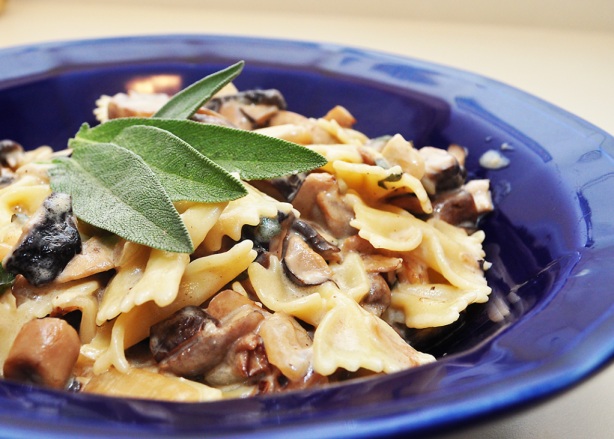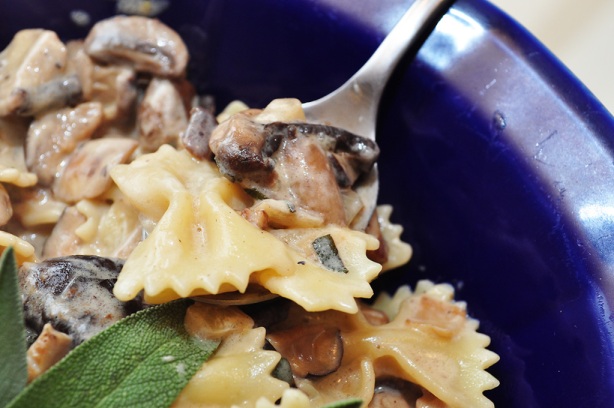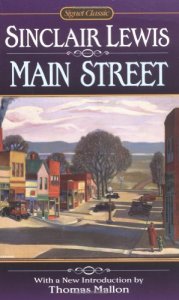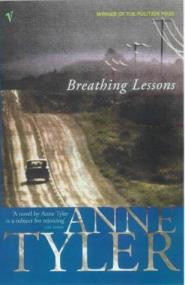I’ve been making this recipe for 5 years, since I was first married. I absolutely adore mushrooms, and will be posting another mushroom-alicious recipe very, very soon. This dish is great for large groups of people. I made it for our Bloomington Bible study back in the day, for my in-laws, for my own birthday one year, and for Family Vacay 2009, along with a salad. When I made it for family vacation, the grocery store up North was plumb out of mascarpone, so I substituted cream cheese and it was still delicious. It’s easy and rich, creamy and delightful–a total comfort food.
When I made it a few weeks ago in preparation for this blog post, my husband said:
“You know what would make this perfect?”
“What?” I asked, nervously thinking I had overseasoned, underseasoned, or maybe could have used a little more chopped sage, or salted the mushrooms more when I first put them in . . .
“Bacon,” he said.
So take note–please add chopped fried bacon bits for maximum man-satisfaction.
Ingredients
(Serves 5)
1 1/2 c dry mushrooms (porcini or shiitake)
1 1/4 c warm water
2 TBS butter
1 TBS oil
1 yellow onion, chopped
6 garlic cloves, minced
16 oz sliced white mushrooms
2 TBS chopped sage leaves, plus more for garnish
1 c dry white wine
8 oz mascarpone
5 oz (1 cup) crumbled gorgonzola
2 tsp cornstarch + 1 TBS water
12 oz dried pasta
Optional: diced fried bacon
Soak dried mushrooms 20-30 minutes in the 1 1/4 cups of warm water. I used shiitake mushrooms that I buy in large, cheap bags at the Asian grocery store:
I’ve had this stash of mushrooms for years. In my opinion, they can only be gaining flavor with age. Right? Right.
Don’t fear the wrinkly little dry guys. After a good long soak, they become plump and moist:
At this point, grab the rest of the ingredients. Chop the onion, garlic, and sage. Everything must be ready.
The mascarpone and gorgonzola–I could eat them both by the spoonful, people.
Isn’t the sage be-yewtiful? It’s such a soft and yet vibrant color. I love taking a chomp out of a leaf or two–bitter, but somehow refreshing.
Remove the soaking mushrooms from the liquid and squeeze them out–but save the soaking liquid! It’s important because it will add incredible flavor to the pasta. Chop the soaked mushrooms up nice and fine.
They need a little more chopping . . .
Zer ve go.
Put the pasta water on to boil, and salt it liberally.
Heat the oil and butter together over medium-high until the butter is melted. Add the onion and diced (previously dried) mushrooms.
Cook for about 8 minutes. Lovely flavorful brown bits will start to form at the bottom of the pot.
Add the fresh mushrooms . . .
And the garlic! We can’t be forgetting that.
Add the sage, and then salt generously. Sprinkle in copious amounts of black pepper as well. It’s important to season well at this stage so that the button mushrooms absorb some flavor and release their liquid. Check out the grains of salt in motion:
Cook for about 5 minutes, stirring occasionally.
By now, your pasta water probably came to a boil, and your pasta should be cookin’ away.
Once those 5 minutes have passed, it will look something like this:
Pure heaven!!!
Add the white wine . . .
And now add the soaking liquid from the dried mushrooms. Yes, it looks like dirty water, but don’t let that deter you. It contains the magic of the forest.
Turn the heat to medium-low and simmer gently for 5 minutes.
Your pasta should be getting really close by now. Check in on it every now and then. If you’re adding in bacon, that should be cooking in a separate pan at this point as well.
Turn the heat on the mushrooms to low, and stir in both the cheeses, the mascarpone:
. . . and the gorgonzola.
Taste and re-season. My sauce is usually a little thin at this point, so mix the cornstarch and water slurry into the pot to thicken it.
Drain the pasta and slosh it into the pot with the rest of the good stuff.
Stir until it’s incorporated, and serve! Garnish with whole sage leaves or some more chopped sage.
Click here for printer-friendly version: Mushroom Sage Pasta
